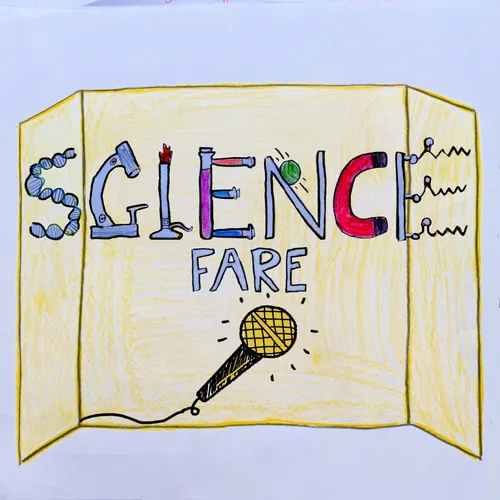Kelly Knudson on Using Archaeological Chemistry to Help Understand Feasting at a 2000-year-old Site in Peru -- Part 1
- Author
- Susan Keatley
- Published
- Wed 06 Dec 2023
- Episode Link
- https://shows.acast.com/science-fare/episodes/kelly-knudson-on-using-archaeological-chemistry-to-help-unde
Episode #5.
Kelly Knudson, professor of Anthropology in the School of Human Evolution and Social Change at Arizona State University, and director of the Center for Bioarchaeological Research and the Archaeological Chemistry Laboratory, talks to us about archaeological chemistry, her path as an archaeological chemist, and about a paper she and others published in PNAS entitled “Feasting and the evolution of cooperative social organizations circa 2300 B.P. in Paracas culture, southern Peru,” in which the chemical isotope data help determine where objects at a feasting site came from, and from there, lead to inferences about the evolution of social complexity at the site.
We discuss:
*A brief intro to archaeological chemistry [1:28];
*Kelly’s background and path to a career in archaeological chemistry [2:47 ];
*Importance of getting into the field and having mentors in her early career [7:10];
*Kelly’s job now: direct the lab (12,000 archaeological samples analyzed to date!), admin and budgeting, teaching, mentoring students in the classroom and in the lab [7:55];
*Introduction to the PNAS paper on feasting and using archaeological chemistry to infer how far the people at the feast traveled to get there [14:10];
*When archaeologists may need to use chemistry to help determine where objects at a site are from [15:30];
*What are isotopes? [17:50];
*How to use Strontium isotopes (Sr-86 and Sr-87) to figure out where objects are from [19:47];
*Objects found at the site — cotton textiles, bottle gourds, corn, llamas, etc — and why this looks like a feast versus everyday food consumption [23:20];
*Using guinea pigs to make Strontium isotope maps in Peru [27:20]
Hosted on Acast. See acast.com/privacy for more information.
